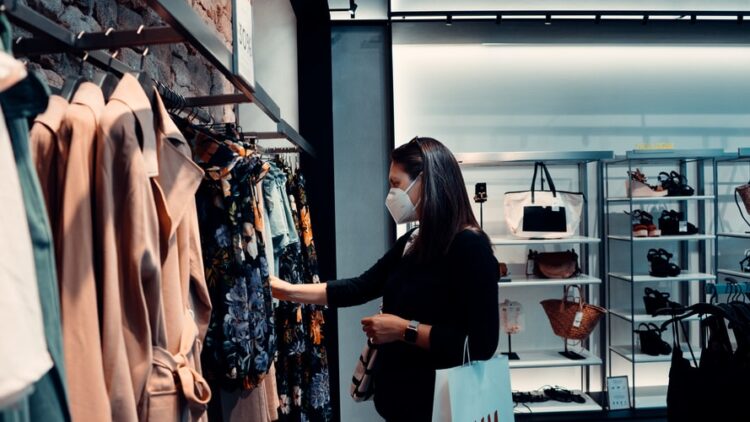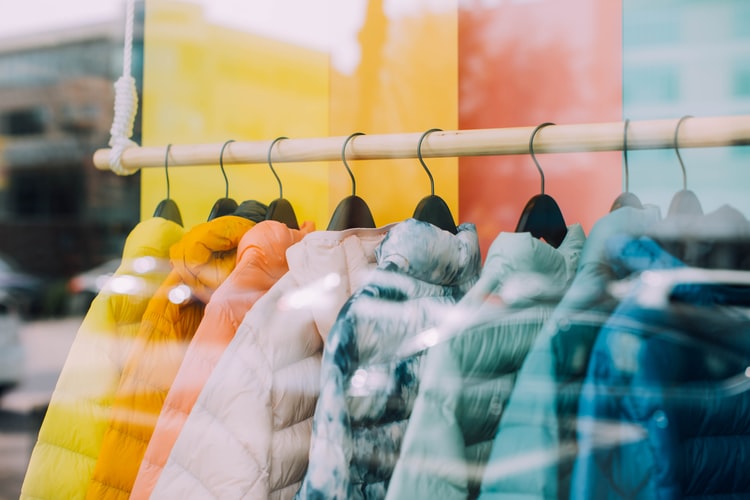Shopping for clothes may either be a pleasurable and peaceful experience or a stressful one. It all boils down to your mindset and approach. To avoid being dissatisfied with your purchases, you must be cautious and pay attention to minor details.
It may be difficult to translate what you want to wear into what you purchase. It takes time and effort to build a wardrobe and getting the appearance that is uniquely yours generally necessitates careful planning and perseverance. I’m now a firm believer in buying fewer, higher-quality products, and it’s so easy. Before you add something new to your wardrobe this season, here are a few things you need to consider:
Table of Contents
Places to Shop for Clothes

Source: unsplash.com
Boutiques offer a carefully curated variety of clothing that adheres to a specific style. Because they are usually tiny, you may build a rapport with the people that work there. Boutiques usually feature a variety of designer labels and can be a fantastic place to get locally made and unusual things. Finding a boutique that has an aesthetic that you like is a fantastic approach to start developing your particular style.
Shopping online is also a smart idea because you’ll be able to browse a lot broader selection than you’d discover in a single store. Begin by searching for the item you want, then narrowing the results down by color, size, material, and price. Shopping online has the advantage of allowing you to compare things from thousands of different brands. The apparent downside is that you won’t be able to try on clothing before placing your order. Always check the company’s return policy to see if they provide free returns and their mode of shipping.
Clothes Budget

Source: unsplash.com
Make a clothing budget for yourself. It’s easier to plan your shopping trips and prevent overspending when you have a figure to work with. One method for creating a budget is to compile a list of all the clothing you believe you’ll need in a year and then estimate how much you’d want to spend on each item. Once you’ve calculated your total, stick to it and don’t go over.
Make a running list of the clothing you want or need. When you’re out shopping, take a peek at your list to remind yourself what you’re looking for. Shopping with a list is usually more successful than shopping with a single item in mind you may not find everything you want on the first try, but you can usually check off most of the items on your list over several trips.
How Often You Will Wear That Piece

Source: unsplash.com
How often do you think you’ll wear your fashionable item? Remove it from your shopping basket if it’s something you’ll only wear once or twice. It is not a worthwhile investment. Continue doing so to assess each piece against your style. Is the outfit the appropriate color for you, or do you need to purchase anything else? If it’s a unique item that only comes in one hue, it won’t work.
Assess things based on their cost-per-wear. Is this something you would want to wear every day? This motivates people to purchase only items that they believe they will wear regularly.
What Would You Pair This Piece With

Source: unsplash.com
Buying anything new does not necessitate the purchase of a slew of other items to go with it. Consider your present wardrobe: how would you pair this piece? Consider your footwear, accessories, and any other things you may require to complete the appearance. It will be a worthwhile addition if you can envision various ways to wear the item with what you already own.
Another item to consider when shopping for clothes is the addition of enamel pins. Enamel pins are a fun and unique way to add personality to your clothing and accessories. They can be used to add a pop of color to a plain jacket or to express a particular interest or belief. They can also make a great conversation starter and can be a fun way to express your individuality. When shopping for enamel pins, consider the design, quality of the enamel, and durability of the pin itself.
If you’re working on a capsule wardrobe, you’ll want to go a step further and make sure it coordinates with the majority of the other pieces in your collection so you can mix and match to your heart’s content.
Quality

Source: unsplash.com
Fabric’s quality should be considered. Clothes of higher quality do not need to be replaced as frequently as the clothing of lower quality, saving the wearer time, money, and frustration. Some high-end clothing businesses such as lightweight jacket wholesalers are so confident in the longevity, durability, and craftsmanship of their products that they provide a lifetime warranty on them. Investing in higher-quality fabrics results in a better wearing experience and less guilt about the garment’s environmental impact. Click here for more information.
High-quality clothing is not only durable and long-lasting, but it is also more comfortable. Whether it’s silk, cotton, or fleece, these textiles are created with a higher level of care and skill, which reflects in the finished result. These garments are less prone to irritate the skin, stretch with use, or pill after washing.
Your Measurements

Source: unsplash.com
Make a note of your hip, waist, and chest measurements on your phone. This will aid you while buying online because you’ll be able to compare your dimensions to a store’s size chart. You can use a measuring tape to see if an item will fit before you try it on when shopping for clothes in person. This is particularly useful when shopping secondhand, as vintage sizing differs significantly from modern sizing. Learn how to take your measurements.
Conclusion
If you follow these buying tips, you’ll have a closet full of clothes you adore. After a few tries, you’ll instinctively know what to buy and where to buy it.

